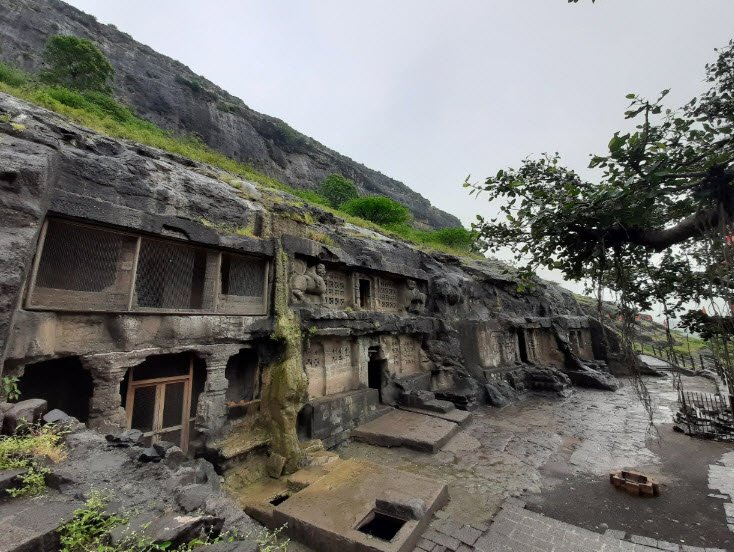
Ankai Fort
Fort
Ankai Fort
Ankai Fort is an ancient hill fort located in Yeola Taluka of Nashik district, Maharashtra, near Manmad. It is part of a twin fort complex with Tankai Fort situated on adjacent hills connected by common fortifications.
The fort, built around 1,000 years ago by the Yadava dynasty of Devgiri, rests on a hill with steep cliffs, making it naturally defensible. The site features ancient Jain caves with well-preserved idols, Hindu caves with carvings of Jai and Vijay, rock-cut water cisterns, and the ruins of a palace and temples. Historically, it was captured by Mughal forces in the 17th century and later taken over by the Marathas and British.
The fort offers a trekking route from the village of Ankai, with well-maintained steps and viewpoints highlighting panoramic views of surrounding hills and valleys. It is known for its rich cultural heritage, ancient rock-cut architecture, and scenic beauty.
FAQ (Frequently Asked Questions)
Ankai Fort is located in Nashik, Maharashtra.
No, Vushii.com is an informational website that helps users explore and learn about different destinations in India. While we don’t offer bookings, our content can help you plan your trips better.
Yes! We offer detailed travel guides that include must-visit places, historical significance, best times to visit, and local attractions to help travelers make the most of their trips.
We strive to keep our content updated regularly to provide accurate and relevant travel information. However, we recommend checking official sources for the latest updates on entry fees, timings, or travel restrictions.
Currently, our content is created by a dedicated team of researchers and writers. However, if you have valuable insights or corrections, you can contact us through our website.
You can reach out to us through our Contact Us page or email us at contact@vushii.com for any queries or suggestions.
Yes! We encourage users to share our content with friends and family. You can use the social media sharing options available on our website.

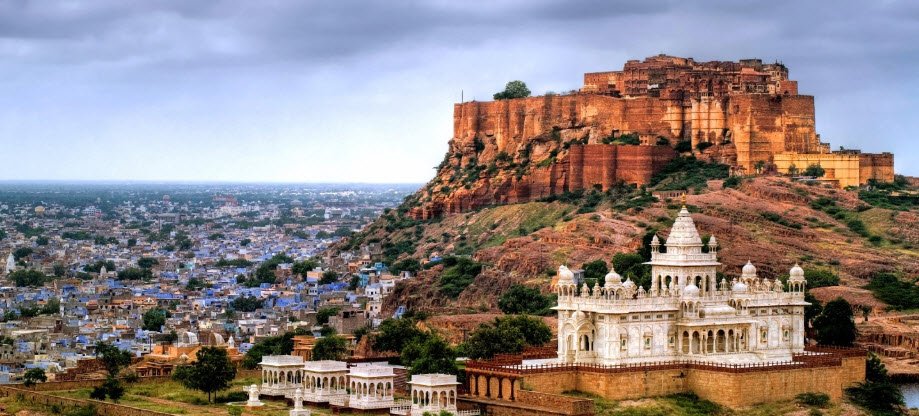


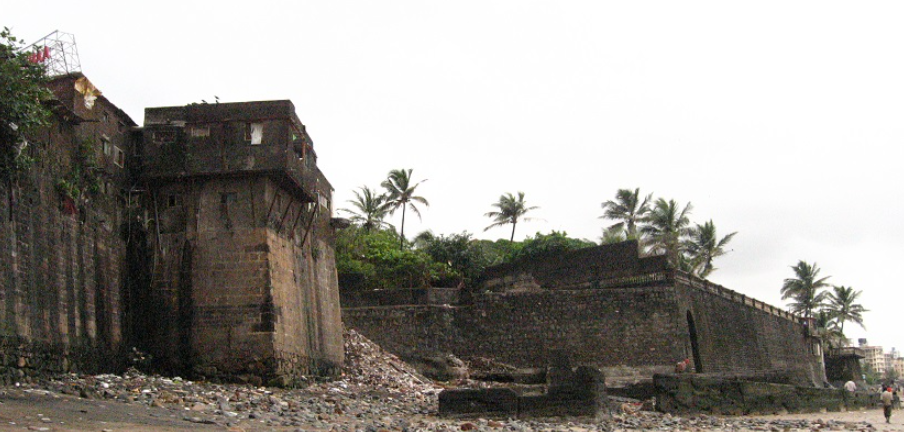
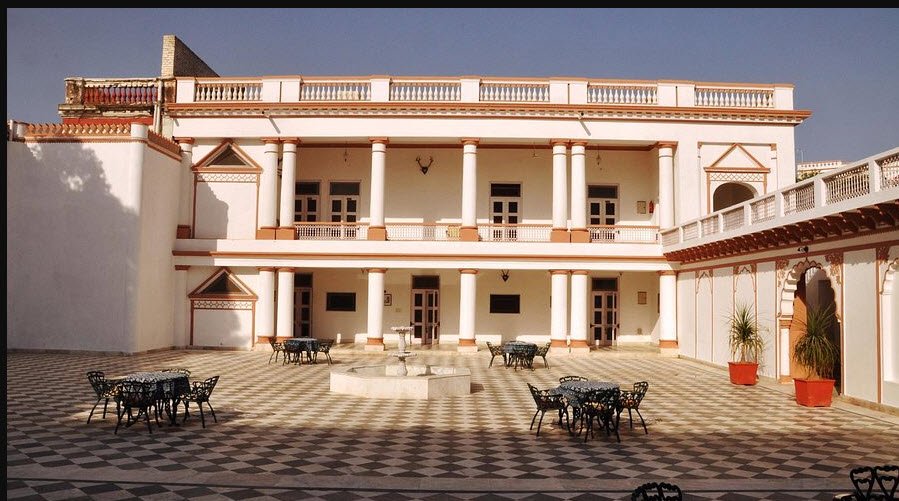
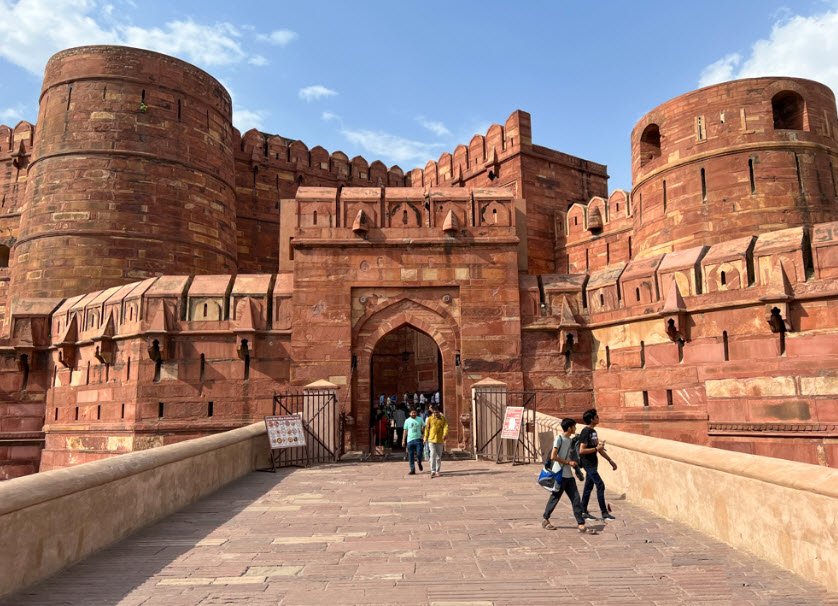

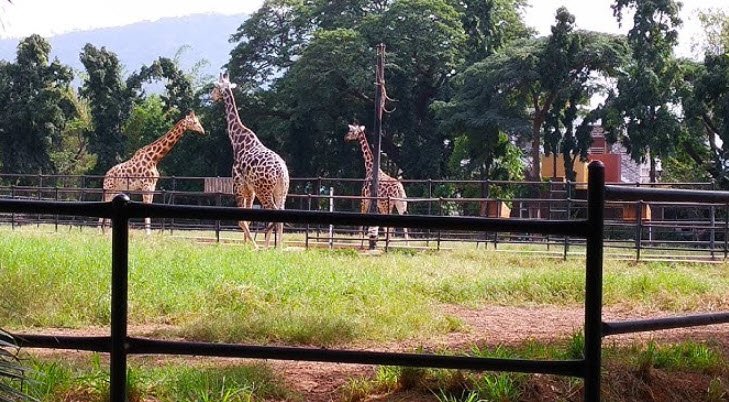

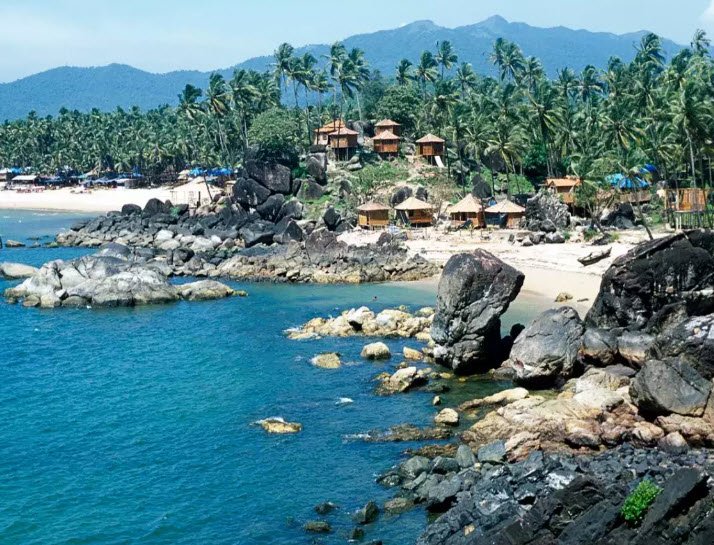


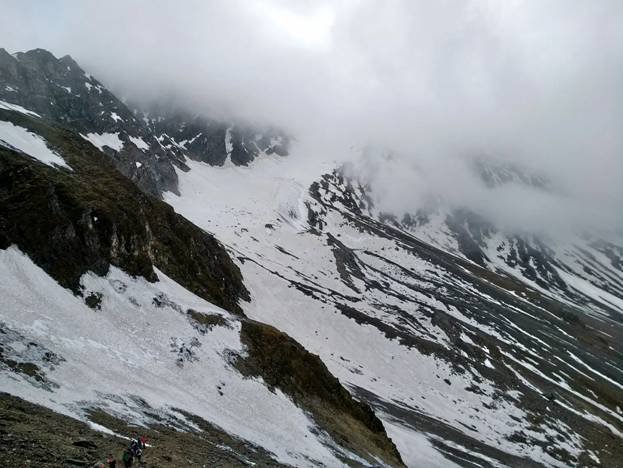


Leave a comment